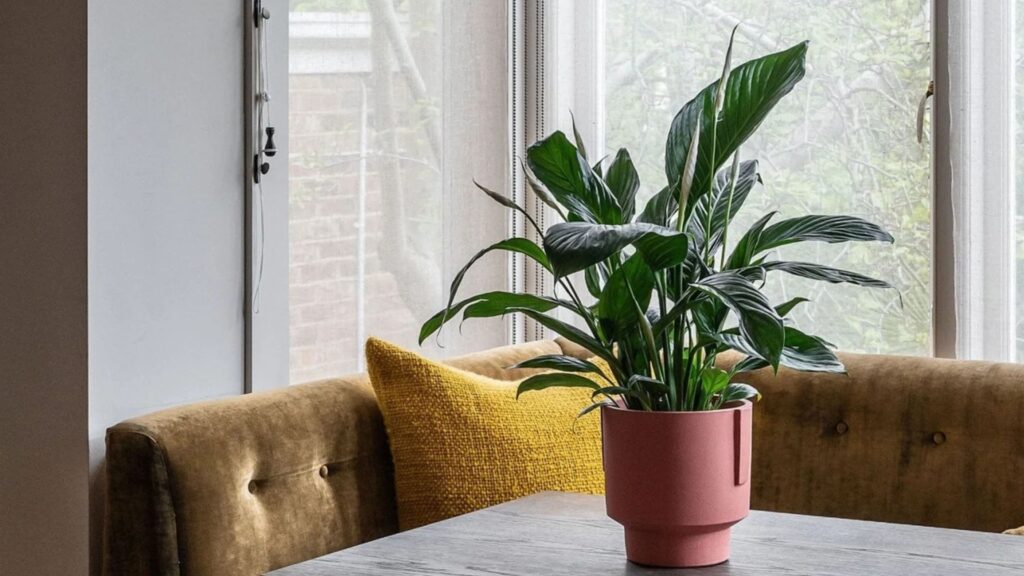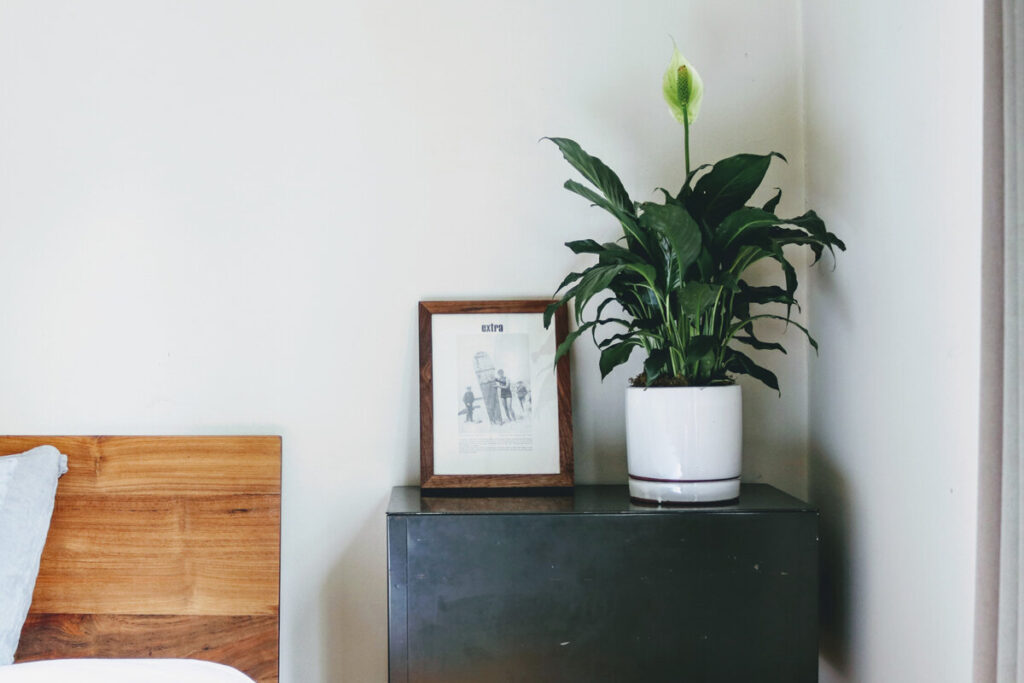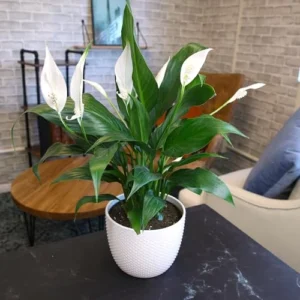Best indoor Peace Lily Plant for Home and Offices
The Peace Lily (Spathiphyllum) is a favorite indoor plant known for its stunning white flowers, air-purifying abilities, and low-maintenance nature. Whether you’re decorating your living room, office, or bedroom, Peace Lilies bring a sense of calm and positive energy to any space. In this guide, we cover everything about Peace Lily care, price, benefits, best place to put, disadvantages, and why it’s a must-have for any indoor plant lover.
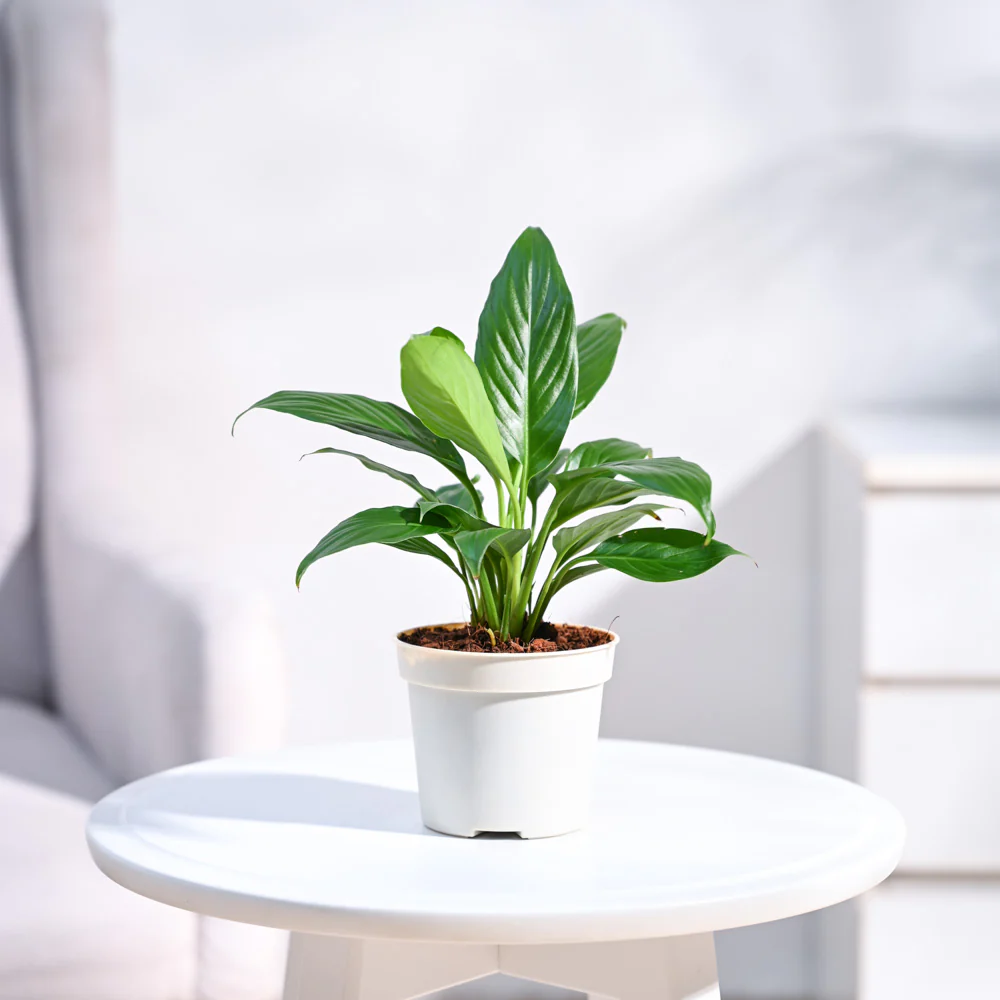
Table of Contents
ToggleBest Peace Lily Indoor Plant Care
Light: Prefers bright, indirect sunlight. Can survive low-light, but blooms better with moderate light. (without sunlight care is possible but growth slows).
Watering: Water once a week; keep soil moist but not soggy.
Temperature: Ideal temperature is between 18°C–30°C.
Humidity: Peace Lilies love high humidity; mist the leaves occasionally.

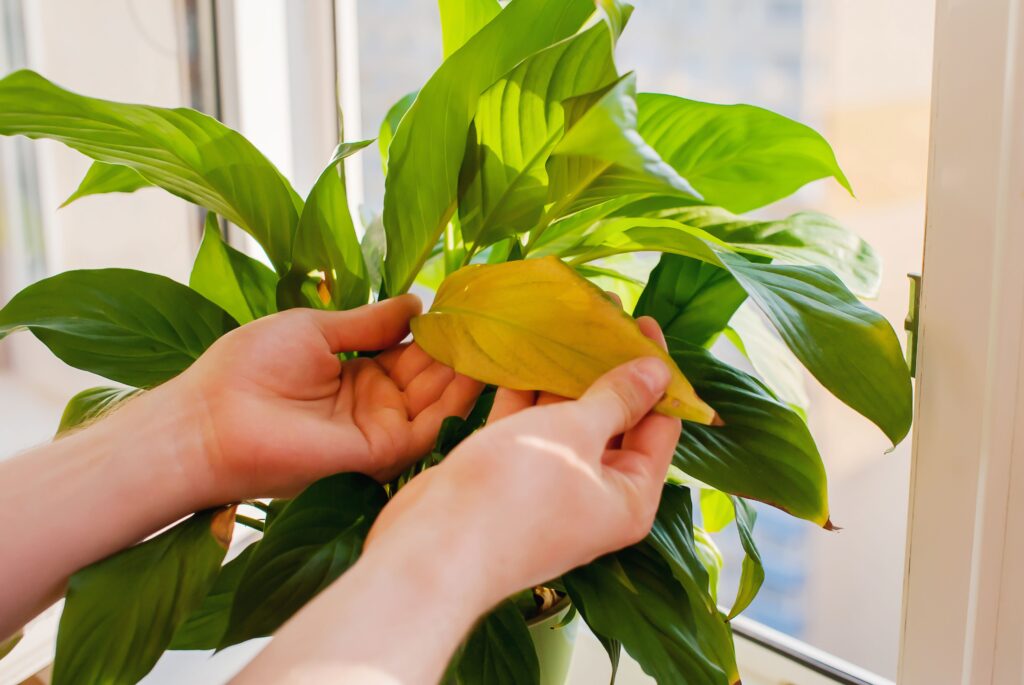
Price of Peace Lily Plants in Hyderabad
At Greenhouse Heaven, Peace Lilies are available starting from ₹250 for small plants and up to ₹1200 for larger, fully-bloomed varieties. Prices vary based on size, pot type, and plant maturity.
Benefits of Keeping a Peace Lily Indoors
Natural air purifier (removes toxins like benzene, formaldehyde)
Adds elegance and tranquility to interiors
Requires low maintenance
Good for vastu (attracts peace and prosperity)

Best Place to Put a Peace Lily in Your Home
The best place to keep a Peace Lily is near east or north-facing windows where it gets filtered sunlight. Bedrooms, living rooms, or even bathrooms are ideal due to the plant’s air-purifying quality.
Disadvantages of Peace Lily Plants
Overwatering can lead to root rot.
Sensitive to cold drafts.
Without proper light, blooming is reduced.
Slightly toxic if leaves are chewed by pets.
Growth and Lifespan of Peace Lily
Peace Lilies grow slowly but steadily indoors. With proper care, they live for 3 to 5 years or even longer. Regular pruning and repotting every 1–2 years extend the plant’s lifespan.
Best Fertilizer for Peace Lily
Use a balanced, water-soluble fertilizer (like NPK 20-20-20) once a month during the growing season (spring and summer). Avoid over-fertilizing to protect roots.
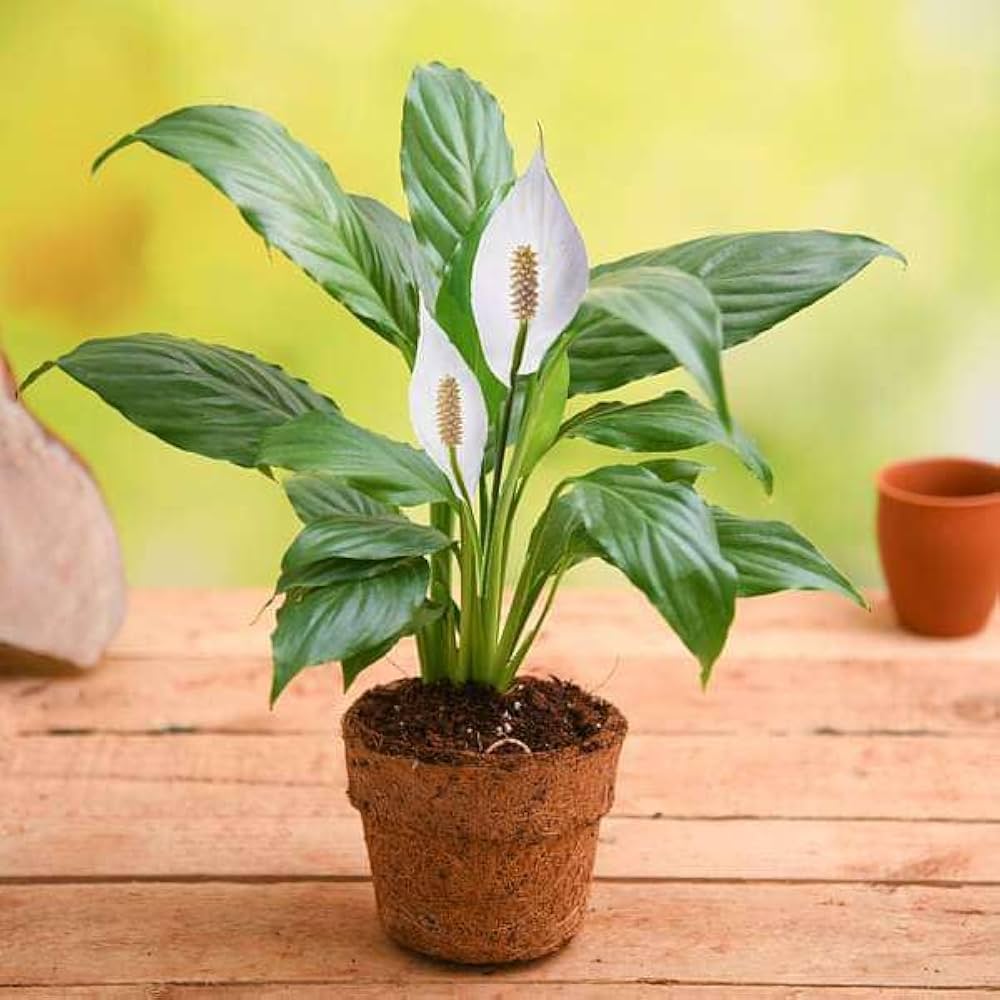
Care Section For images
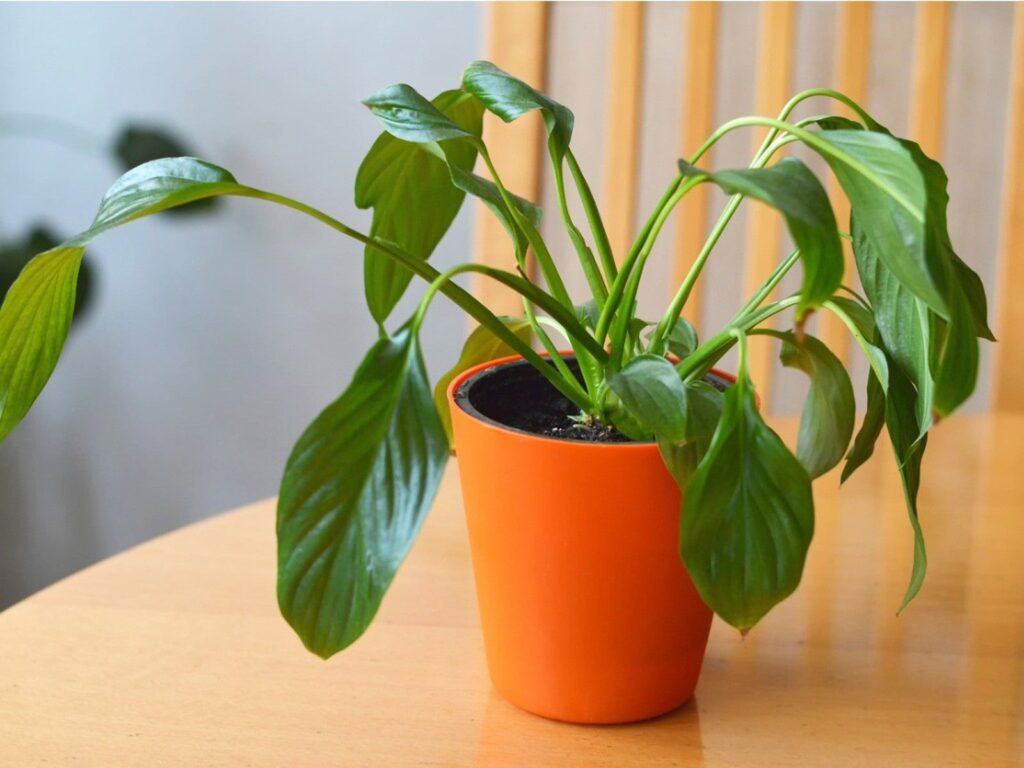

Benefits Section
